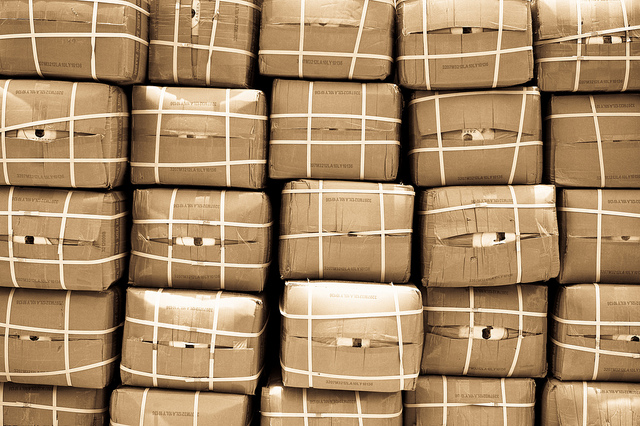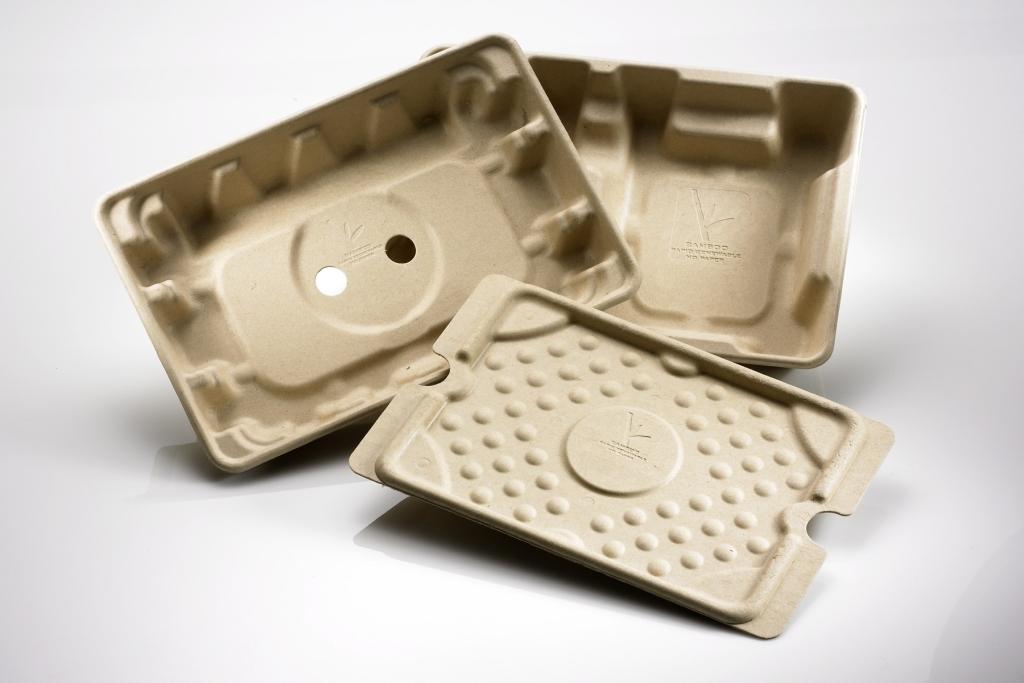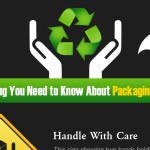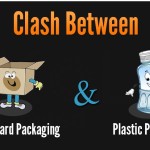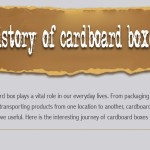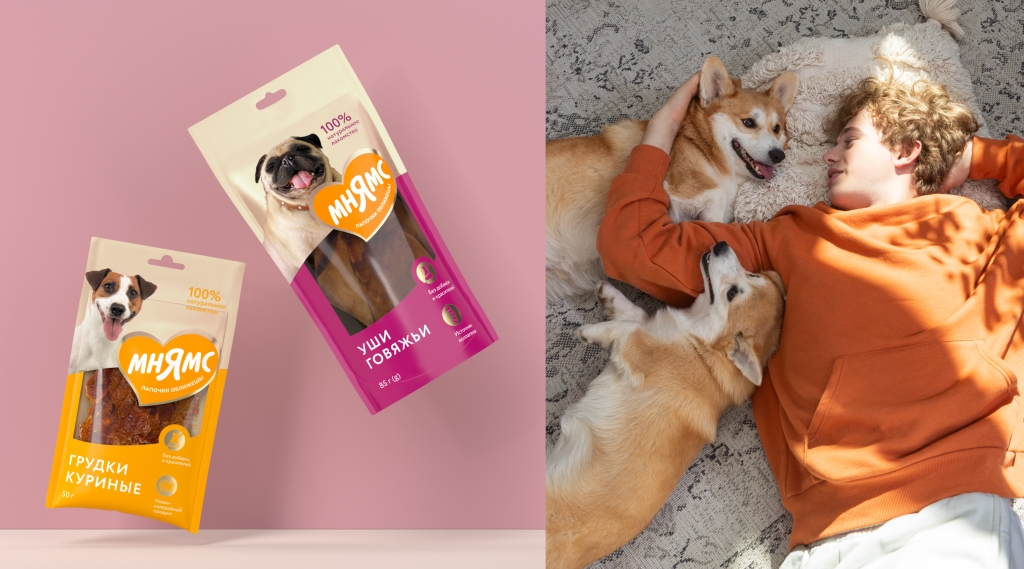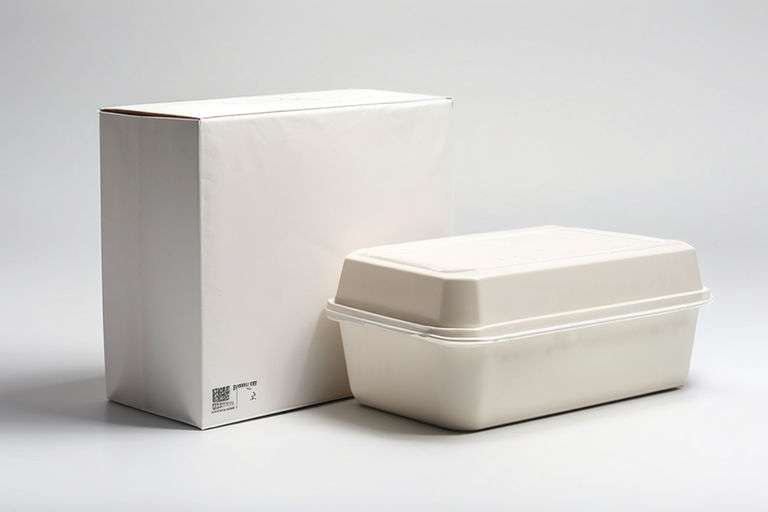Packaging is an art and to master this art you need right set of skills and off course packaging materials. It happens with almost every individual sometimes that packaged items suffer from wear and tear while transportation due to the wrong selection made whilst choosing packaging material. Another important thing to consider is the method you are using to pack your valuable accessories. It may be possible that you are using right packaging material but still finding it difficult to pack your products in the right way. This below checklist, submitted by www.globepackaging.co.uk, revolves around the various packaging materials.
√ Plastic – Plastics are light, economical and durable. Plastics are one of the most common types of packaging materials. They are widely used for packaging different types of products. Some of the common forms of plastics used for packaging are PET (Polyethylene Terephthalate) , PE (Polyethylene), PS (Polystyrene) etc. Most common products where plastics are used are bottles, trays, wires etc.
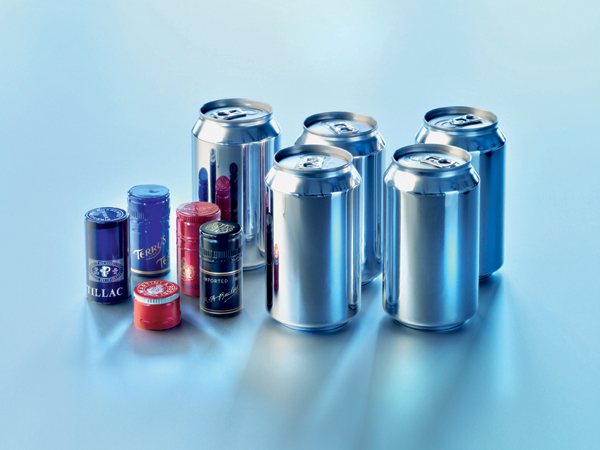 √ Metal / Aluminium – Metal packaging is primarily used for the food packaging. Apart from the food packaging they are used for wrapping purposes as well. Metals like aluminium are used for soft drink containers and beer bottles. As more and more technological advancement is taking place every day food packaging is becoming innovative as well. Aluminium is a very popular choice when we talk about the packaging of the canned food. Also used aluminium cans be easily separated from the garbage using magnets. Once separated from the garbage they can be recycled and used again.
√ Metal / Aluminium – Metal packaging is primarily used for the food packaging. Apart from the food packaging they are used for wrapping purposes as well. Metals like aluminium are used for soft drink containers and beer bottles. As more and more technological advancement is taking place every day food packaging is becoming innovative as well. Aluminium is a very popular choice when we talk about the packaging of the canned food. Also used aluminium cans be easily separated from the garbage using magnets. Once separated from the garbage they can be recycled and used again.
√ Brick Carton – Brick cartons are a popular choice for storing food materials. It is a light, strong, air tight material which can also be used for storing the liquid materials. Common materials used for manufacturing the brick cartons are layers of plastic and paper aluminium.
√ Cardboard – Cardboard packaging is again one of the popular choices of packaging. Different types of cardboards are available depending upon the purpose of packaging. One of the major advantages of these cardboard boxes is that they can be easily recycled. They are also quite economical. Cardboard boxes are also very useful in relocation.
√ Glass – Glass is one of the safest materials from health perspective used in packaging industry. Glass does not react chemically at all with the packed materials. Although bulky but they are still a popular choice of packaging food stuffs.
√ Foam – Foams are generally used with the delicate items as they function as good shock absorbers. They are also commonly used with the electronic devices having sharp edges.
√ Crates and Pallets – Crates and Pallets plays a very important role in packaging. They provide secondary wrapping and protection to the materials packed inside. Pallets are used for raising the stuff. Keeping the products off the ground makes sure that the products are safe.
√ Shrink Wrap – Shrink wrap can be used as both primary and secondary packaging material. Shrink wraps can be easily wrapped around the cds, dvds and other similar gadgets. Shrink wrap not only protects the packaged materials but it also provides the protection against the punctures and scratches as well.
√ Vacuum Packaging – Vacuum packaging is a great option for the things which needs to be sealed off. It especially plays an important role in the packaging of the perishable products. It is also useful for packaging of food intended for the campaign and backpacking trips. These types of packaging are also used for medical purposes.
√ Preservation Packaging – Preservation packaging includes both vacuum packaging and shrink wrapping along with other packaging resources like jar canning, aluminium cans etc. They play a very important role in preserving the delicate and sensitive materials especially the food materials and enables to prolong their life so that they can be transported in healthy condition for their required destination.
√ Shock Mount Packaging – Shock Mount packaging is used for delicate items. They protect the material packed inside from all sorts of shocks as they have built in shock absorbing mechanism. They protect the packaged materials from shock, moisture and dust as well.
If you like this article please leave us your comments below. Subscribe to our website for more interesting articles on branding, technology and starting new businesses. You can email marty@thelocalbrand.com for editorial enquiries and story ideas or just go here to contact us.







